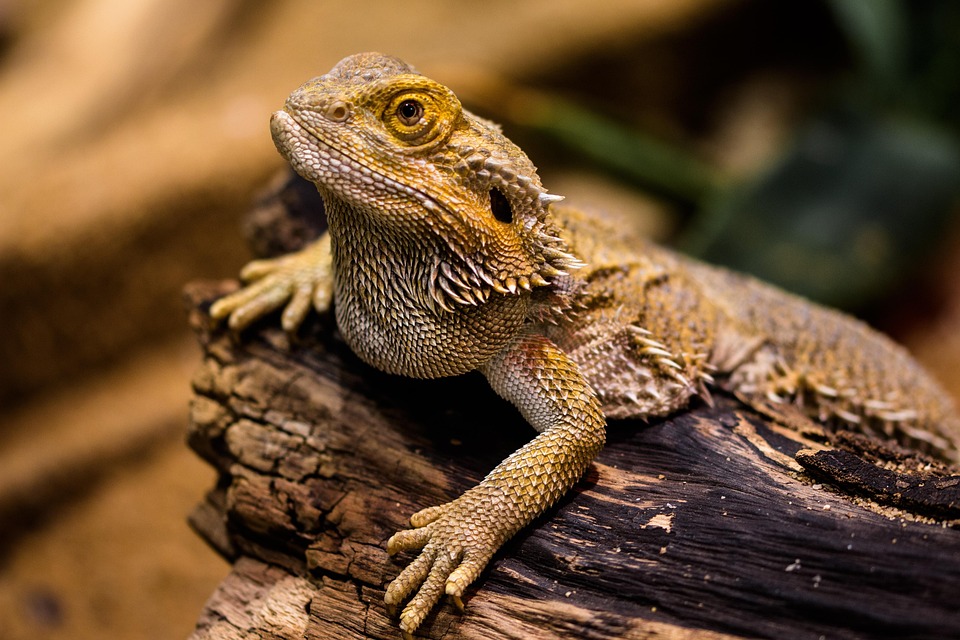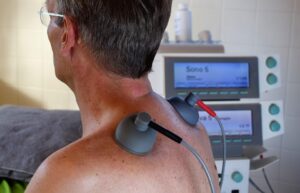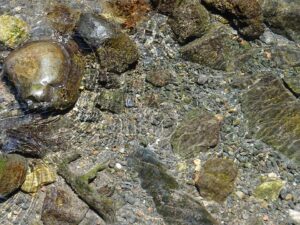
Bearded dragons, affectionately known as “beardies,” are one of the most popular reptile pets due to their calm demeanor and relatively easy care requirements. Originating from the arid regions of Australia, these fascinating creatures can bring joy and companionship to your home. However, to ensure your bearded dragon remains healthy and happy, it is crucial to understand their specific needs and how to meet them effectively. This guide provides an in-depth look into the essential aspects of bearded dragon care, offering expert tips to ensure your pet thrives.
Understanding the Bearded Dragon
Bearded dragons belong to the genus Pogona, with the Pogona vitticeps being the most commonly kept species in captivity. They are named for the spiny “beard” under their throat, which they can puff out as a form of communication or when threatened. These reptiles can grow up to 24 inches in length and live for 10-15 years with proper care.
Behavior and Temperament
Bearded dragons are known for their docile and curious nature. They are diurnal, active during the day, and enjoy basking in the sun. Their friendly disposition makes them an excellent choice for both novice and experienced reptile enthusiasts. Observing their behavior can provide insights into their health and well-being. For instance, a healthy bearded dragon will be alert, responsive, and exhibit a good appetite.
Setting Up the Perfect Habitat
Creating an optimal environment for your bearded dragon is critical for their health. A well-designed habitat mimics their natural surroundings, promoting physical activity and mental stimulation.
Enclosure
A spacious enclosure is essential for your bearded dragon’s comfort. A 40-gallon tank is the minimum recommended size for an adult, but larger is always better. The tank should be made of glass or acrylic to provide good visibility and ventilation. Ensure the enclosure has a secure lid to prevent escapes.
Lighting and Temperature
Bearded dragons require a gradient of temperatures within their enclosure to regulate their body heat. The basking area should be maintained at 95-110°F (35-43°C), while the cooler end should be around 75-85°F (24-29°C). At night, the temperature can drop to 65-75°F (18-24°C). Use a combination of heat lamps and ceramic heat emitters to achieve these conditions.
UVB lighting is crucial for bearded dragons as it aids in calcium absorption and prevents metabolic bone disease. Ensure the UVB bulb covers at least two-thirds of the enclosure and replace it every six months, as its effectiveness diminishes over time.
Substrate
Choosing the right substrate is important to prevent health issues. Solid substrates like reptile carpet, paper towels, or tile are recommended, as loose substrates like sand can cause impaction if ingested. Regularly clean and replace the substrate to maintain a hygienic environment.
Nutrition and Feeding
A balanced diet is vital for your bearded dragon’s health. They are omnivorous, requiring a mix of animal and plant-based foods.
Insect Protein
Insects should comprise a significant portion of a bearded dragon’s diet, especially for juveniles. Suitable options include crickets, dubia roaches, and mealworms. Ensure the insects are gut-loaded (fed nutritious food) before feeding them to your dragon. Dust the insects with a calcium supplement 2-3 times a week and a multivitamin once a week.
Vegetables and Fruits
Vegetables should make up about 20-30% of an adult bearded dragon’s diet. Offer a variety of leafy greens such as collard greens, mustard greens, and dandelion greens. Other vegetables like squash, bell peppers, and carrots can also be included. Fruits should be given sparingly due to their high sugar content. Suitable fruits include blueberries, strawberries, and mangoes.
Feeding Schedule
Juvenile bearded dragons should be fed daily, while adults can be fed every other day. Always provide fresh water and remove uneaten food promptly to prevent spoilage.
Health and Wellness
Regular monitoring of your bearded dragon’s health is essential to catch any potential issues early.
Signs of a Healthy Bearded Dragon
A healthy bearded dragon will have clear, bright eyes, a full tail, and smooth skin. They should be active and alert, with a healthy appetite. Regular shedding is normal and indicates growth.
Common Health Issues
Bearded dragons are susceptible to certain health problems, including:
– **Metabolic Bone Disease (MBD):** Caused by insufficient calcium or lack of UVB lighting, leading to weak bones and deformities.
– **Respiratory Infections:** Often due to improper humidity levels or cold temperatures.
– **Parasites:** Can be internal or external, causing weight loss and lethargy.
If you notice any signs of illness, such as lethargy, loss of appetite, or abnormal behavior, consult a reptile veterinarian promptly.
Handling and Interaction
Bearded dragons are generally tolerant of handling, making them great companions for human interaction.
How to Handle Your Bearded Dragon
Always approach your bearded dragon slowly and confidently. Support their body with both hands, ensuring you hold them securely but gently. Avoid sudden movements that may startle them. Regular handling helps build trust and keeps your dragon accustomed to human interaction.
Enrichment Activities
Mental stimulation is important for your bearded dragon’s well-being. Provide various climbing structures and hiding spots within the enclosure. Outside the tank, supervised exploration in a safe, enclosed space can be enriching. Interactive toys, such as small balls or mirrors, can also engage their curiosity.
Conclusion
Caring for a bearded dragon involves understanding their unique needs and providing a suitable environment that mimics their natural habitat. By focusing on proper nutrition, ideal living conditions, regular health checks, and social interaction, you can ensure your bearded dragon leads a healthy and happy life. With the right care, your bearded dragon will not only thrive but also become a cherished member of your family, offering companionship and joy for years to come.
#ChatGPT assisted in the creation of this article.








